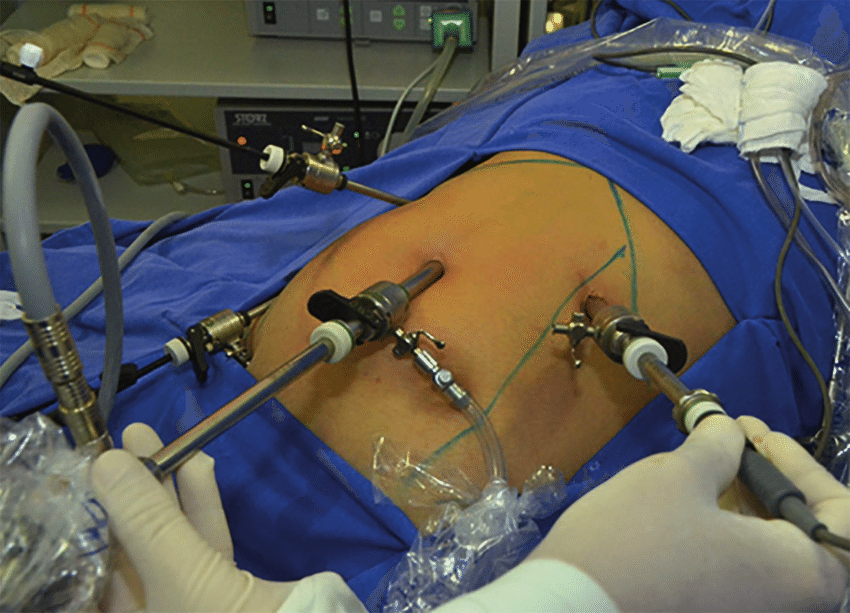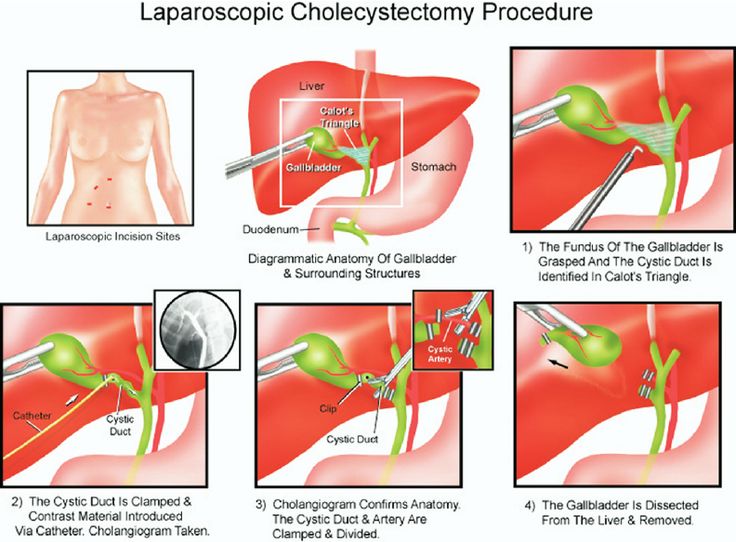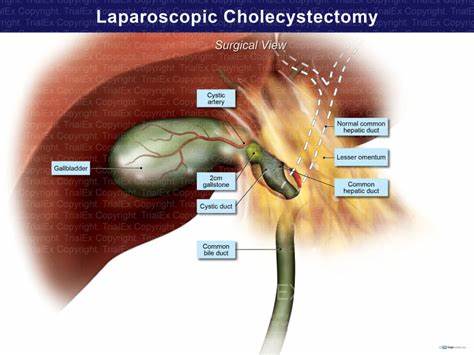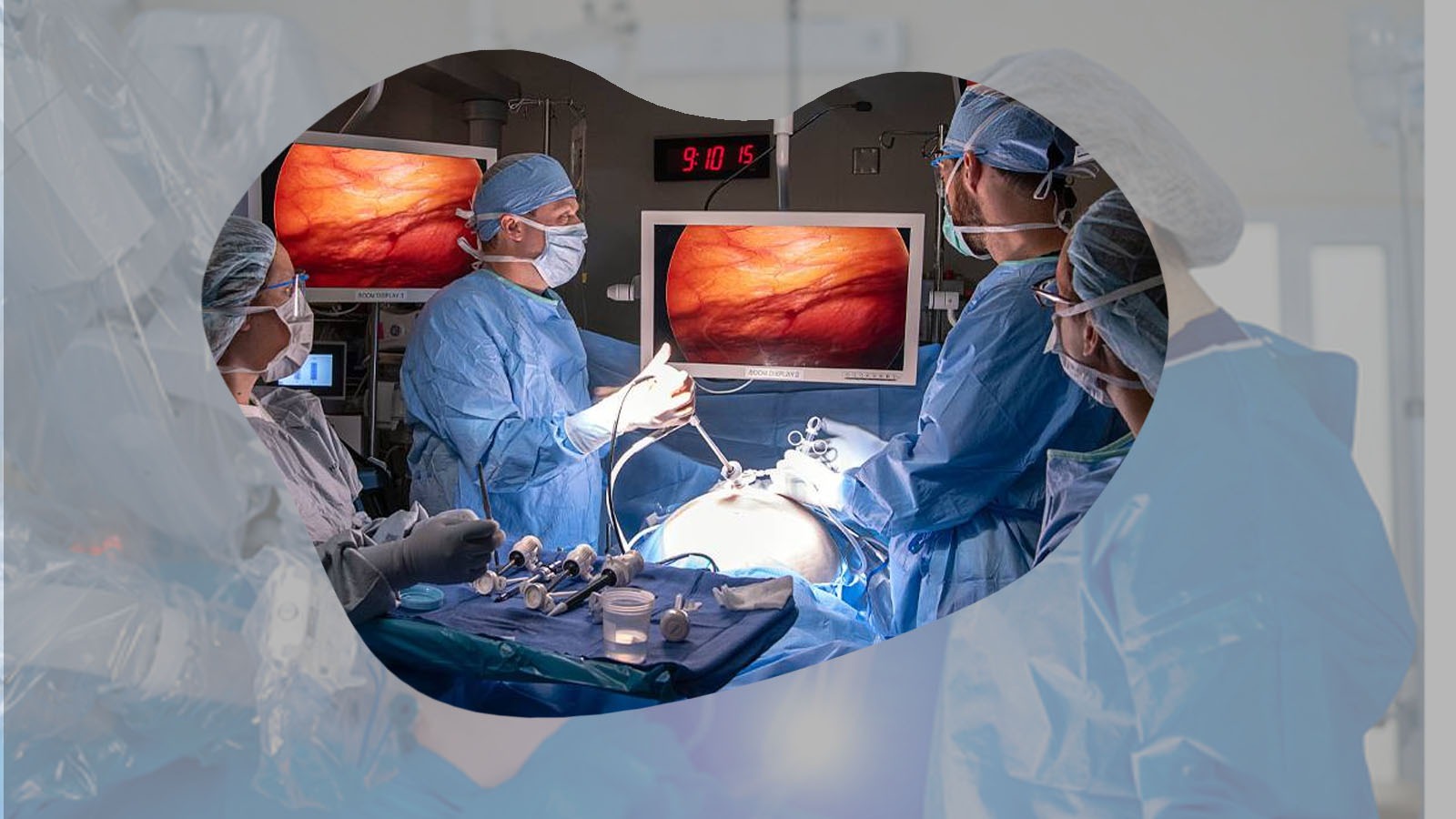Introduction
Laparoscopic cholecystectomy has emerged as the gold standard in treating problems, offering patients a minimally invasive solution. The human gallbladder, though small, plays a vital role in digestion by storing bile produced by the liver. However, conditions such as gallstones or inflammation can disrupt its function, causing discomfort and even severe health issues. Laparoscopic cholecystectomy has emerged as the gold standard in treating such problems, offering patients a minimally invasive solution.
What is Laparoscopic Cholecystectomy?
Laparoscopic cholecystectomy is a surgical procedure to remove the gallbladder using a laparoscope, a thin tube equipped with a camera and light. Unlike traditional open surgery, which requires a large incision, this method involves small incisions, making it less invasive.

Why is the Gallbladder Removed?
Gallbladder removal becomes necessary in the following cases:
- Gallstones: Hardened deposits of bile that can cause severe pain and block bile flow.
- Cholecystitis: Inflammation of the gallbladder often linked to infection or gallstones.
- Biliary Dyskinesia: Poor gallbladder function causing chronic pain.
- Polyps or Tumors: Suspicious growths that may risk turning cancerous.
Benefits of Laparoscopic Cholecystectomy
Compared to open surgery, laparoscopic cholecystectomy offers numerous advantages:
- Smaller Incisions: Reduces scarring and speeds up the healing process.
- Shorter Hospital Stay: Many patients go home the same day or within 24 hours.
- Faster Recovery: Most individuals resume normal activities within a week.
- Less Pain: Post-operative discomfort is significantly reduced.
- Lower Risk of Complications: The precision of the laparoscope minimizes damage to surrounding tissues.

The Procedure: Step by Step
- Preparation: The patient is placed under general anesthesia.
- Incisions: Four small incisions are made in the abdomen.
- Laparoscope Insertion: The camera and surgical instruments are introduced through the incisions.
- Gallbladder Removal: The surgeon detaches the gallbladder and removes it.
- Closure: The incisions are closed with sutures or surgical glue.
The entire procedure typically takes about one to two hours.
Post-Operative Care
To ensure a smooth recovery, patients are advised to:
- Follow Dietary Guidelines: Avoid fatty and greasy foods initially.
- Stay Active: Gentle movements can prevent blood clots.
- Monitor for Complications: Watch for signs like fever, persistent pain, or unusual swelling.
- Attend Follow-Up Appointments: Regular check-ups ensure proper healing.

Why Choose Dr. Pallab Saha?
With over 18 years of experience, Dr. Pallab Saha is a trusted name in laparoscopic and general surgery. As a senior consultant surgeon at Balananda Brahmachari Hospital And Research centre, 151 & 153, Diamond Harbour Rd, Gholeshapur, Behala, Kolkata, West Bengal 700034 as well as R G Stone Urology and Laparoscopy Hospital, Dr. Saha is committed to providing personalized care with exceptional precision. His expertise ensures patients receive the highest standard of treatment, minimizing risks and maximizing recovery outcomes.

Conclusion
Laparoscopic cholecystectomy is a transformative approach to gallbladder issues, combining advanced technology with patient comfort. If you’re experiencing symptoms like severe abdominal pain, nausea, or digestive problems, it’s time to seek expert advice.
Consult Dr. Pallab Saha for a comprehensive evaluation and world-class surgical care.





